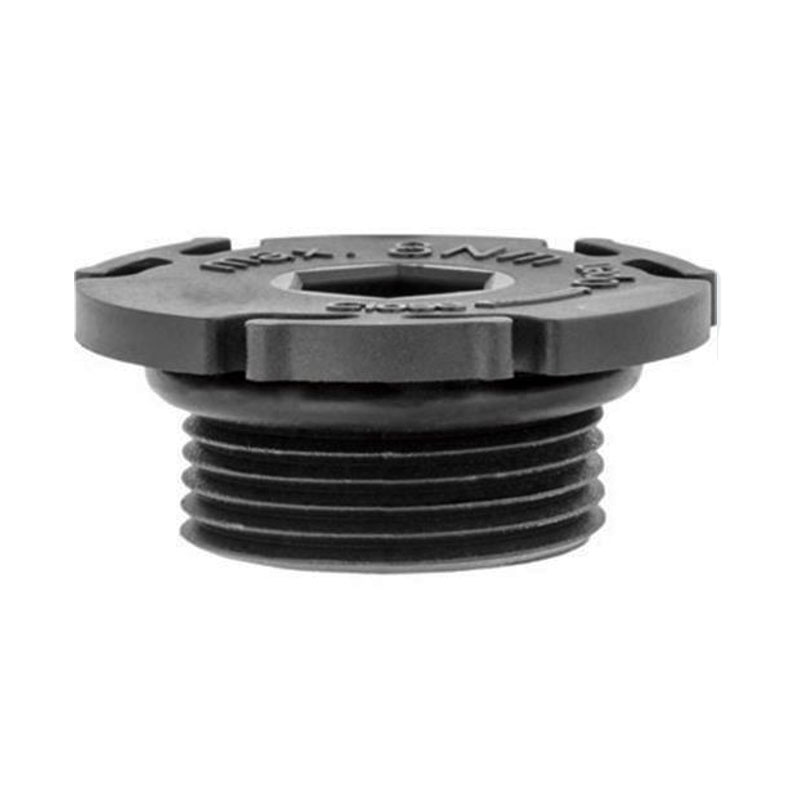Radial Seals - Advanced Sealing Solutions for Maximum Performance
Understanding Radial Seals Function and Importance
Radial seals are crucial components in various mechanical systems where fluids or gases must be contained within specific boundaries. These seals are designed to prevent leakage between rotating and stationary parts, enabling efficient operation and extending the lifespan of machinery. Their applications range from automotive engines to industrial pumps and hydraulic systems, where maintaining a tight seal is essential for performance and safety.
The primary function of radial seals is to mitigate the loss of fluids or gases under pressure. They achieve this by employing flexible materials that can adapt to the surfaces they contact, creating a robust barrier. Common materials used for radial seals include rubber, polyurethane, and various composite materials, each chosen based on the specific demands of the application, such as temperature resistance, chemical compatibility, and durability.
One of the most common types of radial seals is the O-ring seal
. O-rings are circular in shape and are utilized in a groove to create a seal when compressed between two surfaces. Their simplicity and effectiveness make them a preferred choice in many industries. However, the design and choice of materials are crucial; improper selection can lead to premature failure, resulting in costly leaks and system failures.radial seals

In addition to O-rings, other radial seal configurations include lip seals and axial seals. Lip seals, often used in rotary applications, have a lip that contacts the rotating surface, providing an effective sealing solution for shafts and bearings. Axial seals are designed to seal along the axis of rotation and are typically employed where axial loads are present.
The efficiency of radial seals significantly affects the overall performance of mechanical systems. For instance, in automotive engines, effective sealing ensures optimal combustion and reduces emissions. In industrial applications, reliable sealing minimizes fluid loss, enhancing energy efficiency and reducing operational costs.
As technology advances, new materials and designs continue to enhance the effectiveness of radial seals. Innovations such as advanced polymers and smart seal technologies that can adapt to varying conditions are paving the way for improved sealing solutions.
In summary, radial seals play an indispensable role in the functionality of numerous mechanical systems. Their ability to prevent leakage and maintain pressure integrity is vital for performance, safety, and efficiency. As industries evolve, the importance of developing reliable radial seals remains paramount, driving ongoing research and innovation in this critical field.
-
Everything You Need to Know About Oil Pan Gaskets and Drain Plug Seals
News Aug.01,2025
-
Essential for Car Owners: How to Use a Car Repair Kit to Deal with Minor Breakdown
News Aug.01,2025
-
Comprehensive Guide to Engine Oil Sump Gaskets and Related Seals
News Aug.01,2025
-
The Ultimate Guide to Boat Propeller Bearings and Trailer Wheel Bearings
News Jul.31,2025
-
The Essential Guide to Marine Bearings and Boat Trailer Wheel Bearings
News Jul.31,2025
-
The Complete Guide to Heavy Duty Seals: Protecting Doors and Spaces Efficiently
News Jul.31,2025
-
Essential Guide to Marine Shaft Bearings and Boat Trailer Axle Bearings
News Jul.31,2025
Products categories















